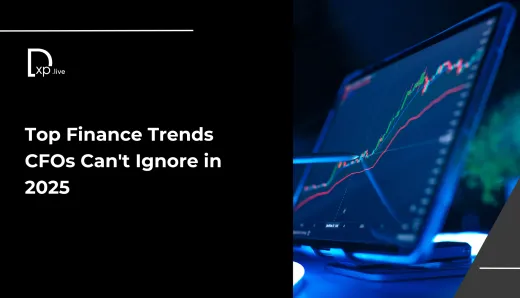How Covid-19 Has Shifted Consumer Preferences in Consumer Products
We now live in a world where going out has turned into taboo, although some of the countries have reopened, consumer’s confidence remains timid and spending intention is below pre-crisis level. As the new normal is settling down in the business world, they are left with no other option but to accept the reality behind COVID-19.
As the priorities of the consumers have become centred around their basic needs, demand for hygiene, staples and cleaning products are booming in the market, while non-essential products have slumped down. The thinking of brands and their decision making is now forced to change as the non-essential products are losing their business, customers prefer to buy local due to safety reasons and this thinking is accelerating.
Companies such as General Motors, a car manufacturer which had nothing to do with sanitization products are now forced to produce hand-sanitizer to meet the consumer demands, the virus may come to a halt at some point but the repercussions and the changes it has lead to will continue to grow and mould into a new status-quo.
How has COVID resulted in change in consumer behavior:
Conscious consumption: As pandemic has hit the market like a storm, consumers are aware of what they are buying. They are trying to limit the waste of food, they are more price conscious, and are buying more sustainable goods.
Health comes first: Many of the Consumer-Packaged Goods (CPG) brands are paying attention towards the consumer's health and making it a priority for healthy lifestyles of consumers, shoppers, and employees. Consumers are now preferring hygiene goods which always existed but was never a priority.
Growing loyalty for local products: Consumers are now shifting to physical and local stores majorly due to the lockdowns/shutdowns, where brands are tailoring according to the consumers' needs and are engaging them in local ways.
Consumers considering new forms of entertainment: As local theatres have closed, many consumers are now looking for subscription services on different OTT platforms like Disney+, Netflix, HBO Max, and Spotify. They are also spending more time viewing online media content on TikTok and YouTube.
Stocking up: With mass shutdowns and immediate closing down of markets, supermarkets, hypermarkets and malls, consumers are stocking up things for longer periods of time which affects the brands through prices, as consumers go for lesser price and places where discounts are offered.
Change in shopping behavior: There are supply-chain disruptions due to the consumer shopping behavior. When the consumer couldn’t find their preferred product, they changed the retailer or brands there and bought the product that was available. Availability, quality, value were the major key forces for consumers trying a different brand. Although many would prefer to stay loyal to their old brands due to the trust, the pandemic has forced them to instead choose what's available and more open to experimenting.
What we can look ahead for, in the coming times
Clearly, COVID-19 has caused a rapid change in consumer behavioral pattern, and it is likely that these habits are here to stay, while others will be forgotten over time. Some of the consumers habits that are predicted to stay post COVID-19 era:
- Online shopping will play a prominent role for consumer buying in the future, post reopening of the economy.
- People will continue to spend even more on disease prevention, food and health, and medicine.
- Consumers will steadily return to eating out at restaurants and ordering food online.
- Online video content will shift towards pandemic & post pandemic related issues and focus on keeping the subscriptions they gained during this period.
The Digital Age, which was already at its height, has now been boosted due to the pandemic, consumer behaviour towards healthcare and products related to it will show increased growth and companies will try to implement it into their products. Food products will focus their ads towards the cleanliness they maintain while home or transportation products related to clean Air might get more importance. Covid19 has shifted the consumer preferences towards “safety first” and “staying at home”, the travel industry might see gradual growth post pandemic but the consumer behavior towards staying home and staying safe might linger on.



